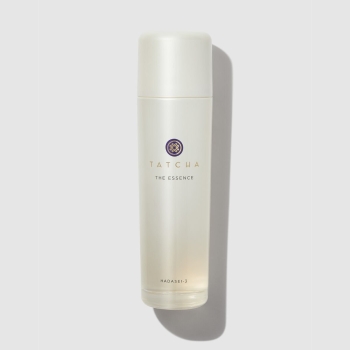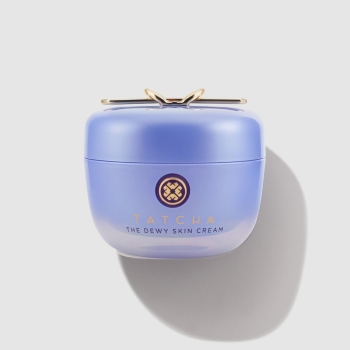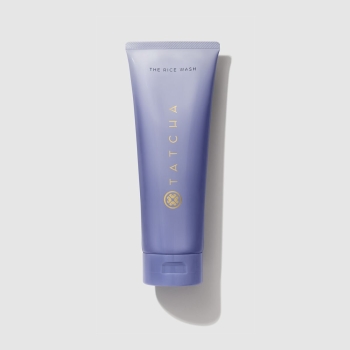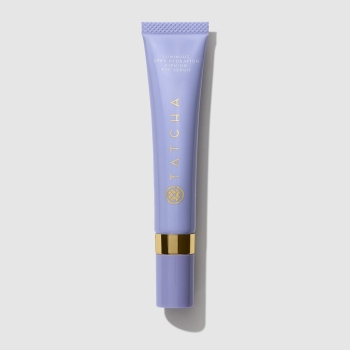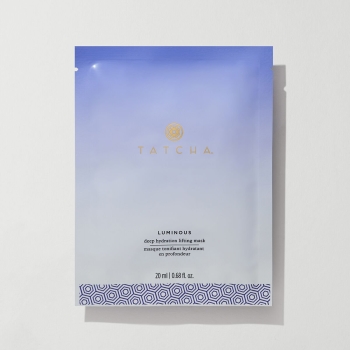Red Algae
How does red algae benefit your skin?
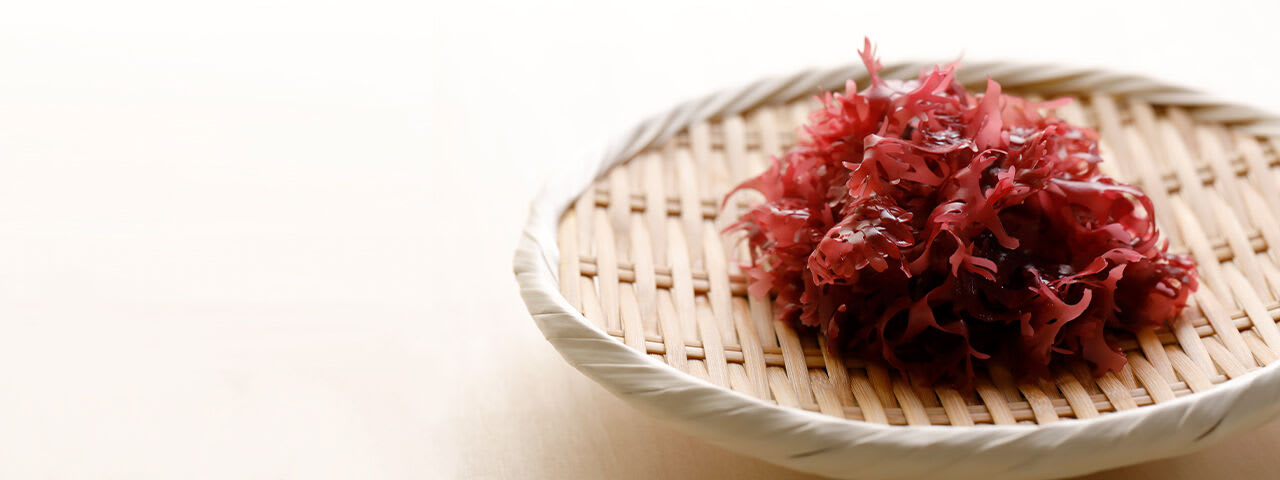
Benefits
Dryness, Fine Lines/Wrinkles
About
Red algae revitalizes, leaving skin feeling soft, dewy, and refreshed. The superfood also contains humectant properties, allowing it to thoroughly lock in moisture and keep skin hydrated for longer. Additionally, this marine botanical is shown to cocoon skin from pollution and blue light (commonly emitted from digital screens) by intercepting free radicals. In total, red algae simultaneously hydrates, restores, and protects the skin.
“ The superfood also contains humectant properties, allowing it to thoroughly lock in moisture and keep skin hydrated for longer.
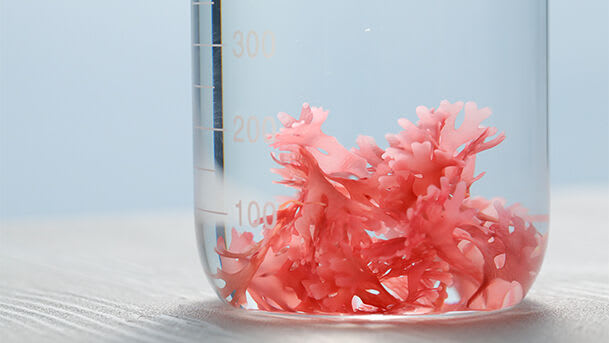
Science
Red algae seaweed is a rich source of natural polysaccharides, which are shown to help enhance the skin’s barrier function, replenish the skin’s natural water reservoir, and increase its moisture-retention capabilities. Red algae has also been proven to be rich in protein, fiber, and omega-3 fatty acids, making it an ideal ingredient to nurture and support healthy skin.
History
Red algae has been prized in cultures across the world for centuries. In Japan, the botanical is incorporated into bathing practices, including hair washing and special occasion body rituals. And red algae has been treasured in diets, too, known as the “treasure from the god of the sea” by Okinawa residents. When consumed regularly, this superfood has been linked with numerous health benefits, from reduced cholesterol levels to healthier thyroid function.
Provenance
Red algae is the burgundy-colored iteration of the common green marine algae. The red tone comes from special compounds that give the algae its distinctive hue and antioxidant properties. Once dried in the sun, it is distilled to retain the plant’s benefits.
Did You Know?
TATCHA’s red algae, called betaphycus gelatinum, is presented as a temple offering during the traditional festivals of the Yaeyama district.

